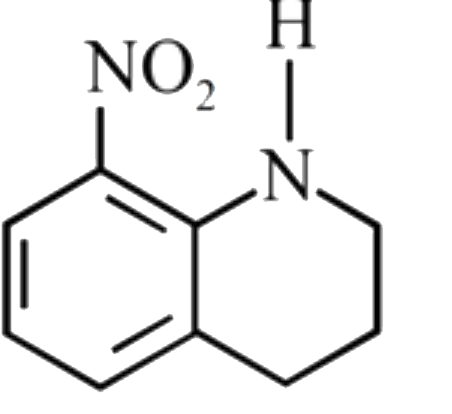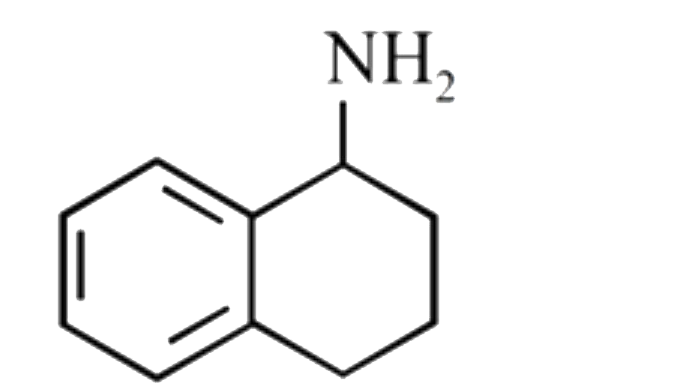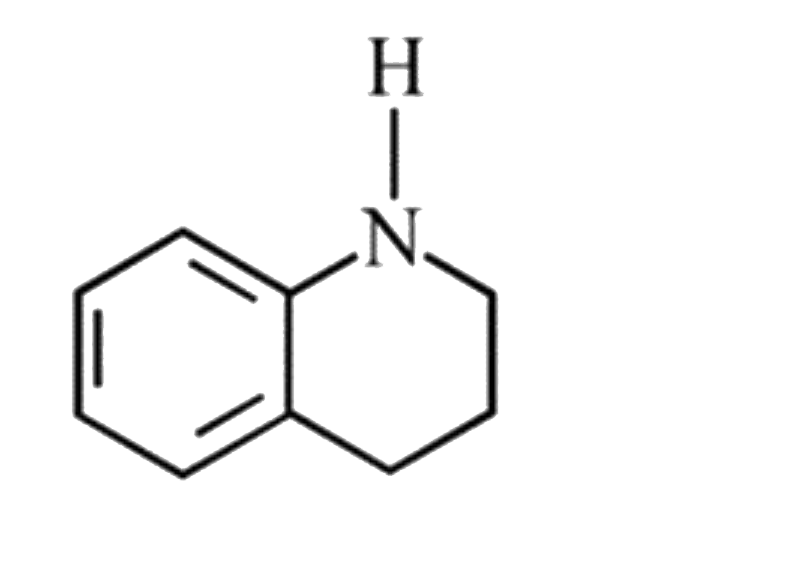Which is the strongest base ?




The correct Answer is:C
To determine which is the strongest base among a set of compounds, we need to analyze the ability of each compound to donate a lone pair of electrons. Here’s a step-by-step solution:
Step 1: Identify the Compounds
First, we need to identify the compounds we are comparing. For this example, let’s assume we are comparing ammonia (NH3), aniline (C6H5NH2), and methylamine (CH3NH2).
Step 2: Understand the Concept of Basicity
Basicity refers to the ability of a compound to accept protons (H+) or donate a lone pair of electrons. The stronger the base, the more readily it can donate its lone pair of electrons.
Step 3: Analyze the Lone Pairs
- Ammonia (NH3): It has one lone pair on the nitrogen atom, which is readily available for donation.
- Aniline (C6H5NH2): The lone pair on the nitrogen is partially delocalized into the aromatic ring due to resonance, making it less available for donation.
- Methylamine (CH3NH2): The lone pair on the nitrogen is not involved in resonance and is readily available for donation.
Step 4: Consider Resonance Effects
- In aniline, the resonance with the benzene ring stabilizes the lone pair, reducing its availability to act as a base.
- In ammonia and methylamine, the lone pairs are localized and can easily participate in protonation.
Step 5: Compare Basicity
- Methylamine is a stronger base than ammonia because the electron-donating effect of the methyl group increases the electron density on nitrogen, making its lone pair more available for donation.
- Aniline is the weakest base among the three due to the resonance stabilization of the lone pair.
Conclusion
Based on the analysis, methylamine (CH3NH2) is the strongest base among the compounds compared.
First, we need to identify the compounds we are comparing. For this example, let’s assume we are comparing ammonia (NH3), aniline (C6H5NH2), and methylamine (CH3NH2).
Basicity refers to the ability of a compound to accept protons (H+) or donate a lone pair of electrons. The stronger the base, the more readily it can donate its lone pair of electrons.
- Ammonia (NH3): It has one lone pair on the nitrogen atom, which is readily available for donation.
- Aniline (C6H5NH2): The lone pair on the nitrogen is partially delocalized into the aromatic ring due to resonance, making it less available for donation.
- Methylamine (CH3NH2): The lone pair on the nitrogen is not involved in resonance and is readily available for donation.
- In aniline, the resonance with the benzene ring stabilizes the lone pair, reducing its availability to act as a base.
- In ammonia and methylamine, the lone pairs are localized and can easily participate in protonation.
- Methylamine is a stronger base than ammonia because the electron-donating effect of the methyl group increases the electron density on nitrogen, making its lone pair more available for donation.
- Aniline is the weakest base among the three due to the resonance stabilization of the lone pair.
Based on the analysis, methylamine (CH3NH2) is the strongest base among the compounds compared.
Topper's Solved these Questions
Similar Questions
Knowledge Check
- Question 1 - Select One
The strongest base is
AN, N-diethyl ethanamineBN-ethyl ethanamineCN-methyl methylamineDPhenyl methyl amine. - Question 2 - Select One
The strongest base is :
AC6H5−CH2−NH2BC6H5−NH2Cm−NO2−C6H5−NH2Dp−NO2−C6H5−NH2 - Question 3 - Select One
The strongest base is
A B
B C
C D
D

